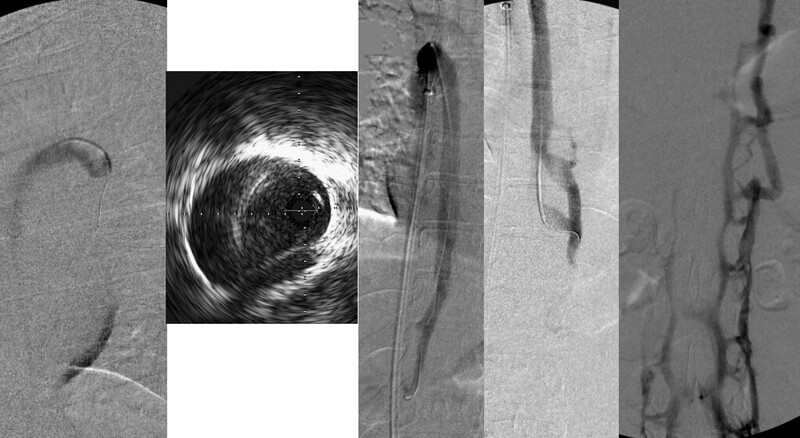Robnl wrote:Hi Doc,
we talked about
blood flow measurement, would the plethysmography collar from Zamboni be a good tool??
A thing i can not understand

; if there is a problem with f.e. the renal vein, would such a device 'notice' a change in the bloodflow??
Here are some news from Journal of Vascular Surgery:
Assessment of cerebral venous return by a novel plethysmography method
Paolo Zamboni, MD, Erica Menegatti, PhD, Paolo Conforti, MD, Simon Shepherd, PhD, Mirko Tessari, VT, Clive Beggs, PhD
Received 10 November 2011; accepted 26 January 2012. published online 23 April 2012.
Corrected Proof
Abstract Full Text PDF Images References
Background
Magnetic resonance imaging and echo color Doppler (ECD) scan techniques do not accurately assess the cerebral venous return. This generated considerable scientific controversy linked with the diagnosis of a vascular syndrome known as chronic cerebrospinal venous insufficiency (CCSVI) characterized by restricted venous outflow from the brain. The purpose of this study was to assess the cerebral venous return in relation to the change in position by means of a novel cervical plethysmography method.
Methods
This was a single-center, cross-sectional, blinded case-control study conducted at the Vascular Diseases Center, University of Ferrara, Italy. The study involved 40 healthy controls (HCs; 18 women and 22 men) with a mean age of 41.5 ± 14.4 years, and 44 patients with multiple sclerosis (MS; 25 women and 19 men) with a mean age of 41.0 ± 12.1 years. All participants were previously scanned using ECD sonography, and further subset in HC (CCSVI negative at ECD) and CCSVI groups. Subjects blindly underwent cervical plethysmography, tipping them from the upright (90°) to supine position (0°) in a chair. Once the blood volume stabilized, they were returned to the upright position, allowing blood to drain from the neck. We measured venous volume (VV), filling time (FT), filling gradient (FG) required to achieve 90% of VV, residual volume (RV), emptying time (ET), emptying gradient (EG) required to achieve 90% of emptying volume (EV) where EV = VV-RV, also analyzing the considered parameters by receiver operating characteristic (ROC) curves and principal component mathematical analysis.
Results
The rate at which venous blood discharged in the vertical position (EG) was significantly faster in the controls (2.73 mL/second ± 1.63) compared with the patients with CCSVI (1.73 mL/second ± 0.94; P = .001). In addition, respectively, in controls and in patients with CCSVI, the following parameters were highly significantly different: FT 5.81 ± 1.99 seconds vs 4.45 ± 2.16 seconds (P = .003); FG 0.92 ± 0.45 mL/second vs 1.50 ± 0.85 mL/second (P < .001); RV 0.54 ± 1.31 mL vs 1.37 ± 1.34 mL (P = .005); ET 1.84 ± 0.54 seconds vs 2.66 ± 0.95 seconds (P < .001). Mathematical analysis demonstrated a higher variability of the dynamic process of cerebral venous return in CCSVI. Finally, ROC analysis demonstrated a good sensitivity of the proposed test with a percent concordant 83.8, discordant 16.0, tied 0.2 (C = 0.839).
Conclusions
Cerebral venous return characteristics of the patients with CCSVI were markedly different from those of the controls. In addition, our results suggest that cervical plethysmography has great potential as an inexpensive screening device and as a postoperative monitoring tool.

